Call them what you want: asymmetries, beauty marks, battle scars, flaws. We all have them. The mirror reveals them, and we interpret them. And, for some, that interpretation reveals signs of body dysmorphia in the form of an off-the-charts disapproving obsession.
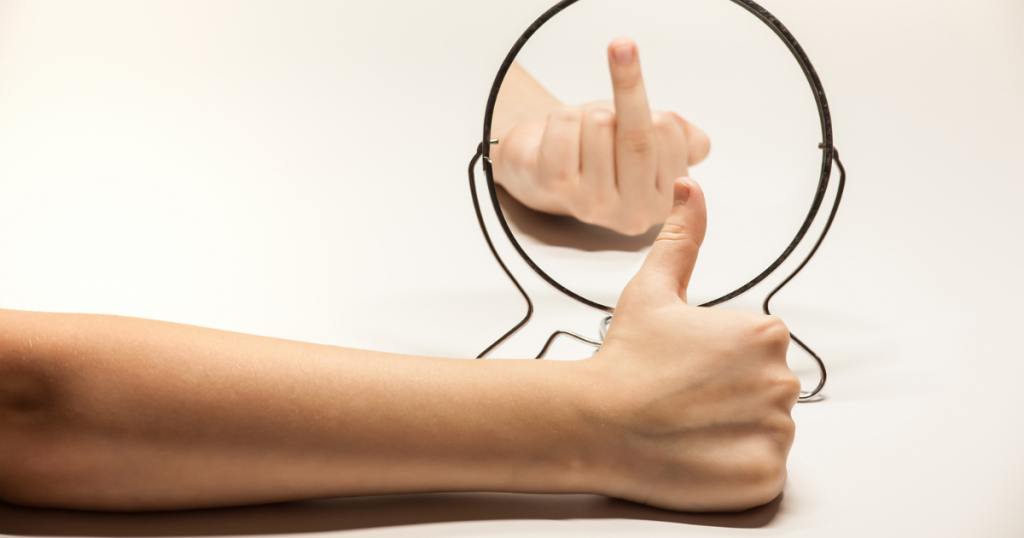
In these cases, the mirror is more foe than friend.
Body Dysmorphia: What It Is, What It Isn’t
The word dysmorphia comes from the Greek word dusmorphia, meaning misshapenness, ugliness.
Also called body dysmorphic disorder (BDD), body dysmorphia is a mental health disorder characterized by an obsession with a perceived body flaw.
Regardless of whether it is familial or environmental (or both) in origin, the person believes that s/he is physically flawed — that something must be changed.

And, until it can be changed, it must be hidden.
What distinguishes BDD is that the perceived flaw is either imperceivable to others or is greatly exaggerated in the sufferer’s mind.
Either way, the person with BDD goes to great lengths to hide or fix this subjective “misshapenness” or “ugliness.”
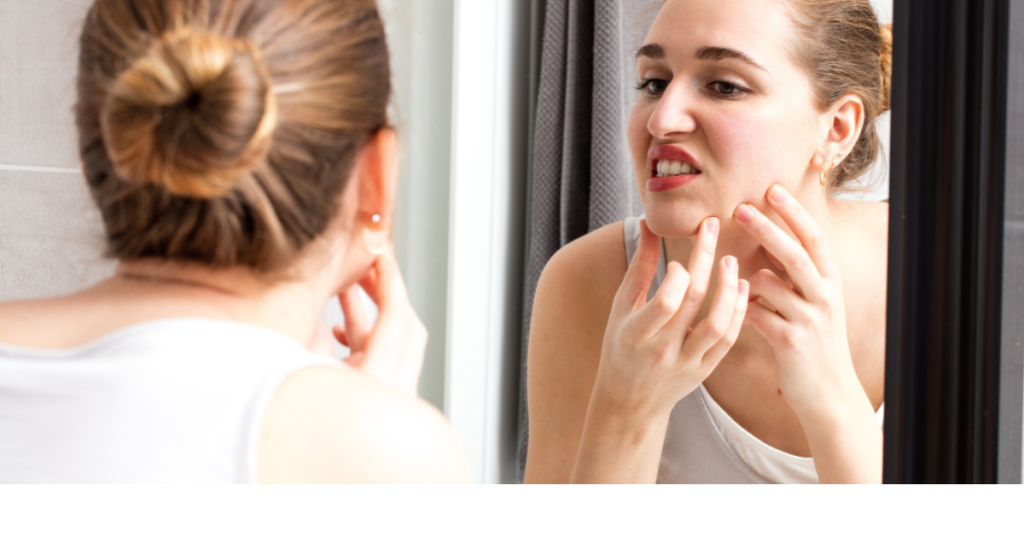
Body dysmorphia is not the same as a bad body image. Although the two may overlap in many ways, BDD is more than that. Deeper than that.
It is pervasive and intrusive. It consumes the sufferer’s thoughts as an hours-daily preoccupation that can carry over into compulsive behaviors.
(For this reason, non-delusional BDD is categorized on the obsessive-compulsive spectrum. For a distinction between non-delusional and delusional BDD, read here.)
As you can imagine, living with this disorder can lead to isolation, loneliness, anxiety, depression, and a downward spiral in self-esteem.
While the origins of BDD aren’t clearly identified or understood, the consequences can be devastating. Even fatal.
It’s important to realize that, while BDD goes beyond a negative body image, unhealthy body image issues of all types warrant acknowledgement and treatment.
After all, the line from one to another is often very fine, if not blurred.
Signs of Body Dysmorphia
As you probably suspect, there is not a singular marker that identifies body dysmorphic disorder. There is no blood test, no physical exam, no yes-no question that points unequivocally to a BDD diagnosis.
The following list isn’t exhaustive. Nor is any one item a sufficient criterion for diagnosing and treating BDD.
But the composite picture can certainly raise valid concerns in an applicable context.
See if you recognize any of the following in yourself or someone you care about.
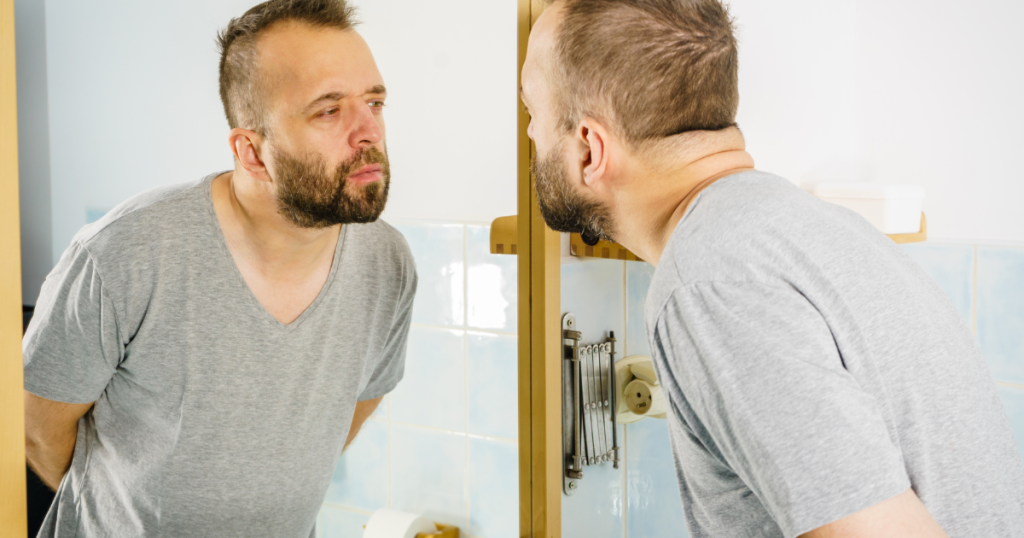
Here are 25 symptoms and signs of body dysmorphia:
- Preoccupation with flaws, with hyper-focus on specific areas, especially skin, hair, nose, chin, and teeth
- Belief that others take special notice of one’s perceived flaw(s) and mock it behind one’s back
- Regularly checking oneself in mirrors
- Avoiding mirrors altogether
- Body checking with fingers (pinching flesh to measure “fatness”)
- Regularly checking body weight on a scale and/or taking measurements with a tape measure
- Trying to hide one’s “flawed” area(s) with clothing, cosmetics, and/or accessories
- Excessive grooming
- Picking at one’s skin as a form of self-correction (an obsessive-compulsive behavior)
- Over-exercising, with focus on the area of concern
- Regularly counting calories and/or adhering to a rigid diet and eating regimen
- Muscle dysmorphia (the belief, especially in males, that one’s body isn’t muscular or “buff” enough)
- Constantly comparing oneself to others
- Constantly seeking appearance approval from others (“Do I look OK?”)
- Avoiding social situations, especially during daylight hours
- Harshly judging others’ faces and bodies as an extension of one’s own self-judgment
- Identity disruption (belief that appearance is integral to identity and self-worth)
- Internalized shame (belief that one is defective, inferior, and worthless)
- Having multiple plastic surgery procedures (“Botched”…need I say more?)
- Performing obsessive-compulsive actions and rituals
- Perfectionism
- Low self-esteem
- Rejection sensitivity
- Anorexia nervosa (as potentially co-occuring)
- Anxiety, depression, and/or suicidal thoughts
What To Do If You Recognize Signs of Body Dysmorphia
As you read through the above list, you may notice a few common threads: perfectionism, obsession, compulsive behaviors, low self-esteem.
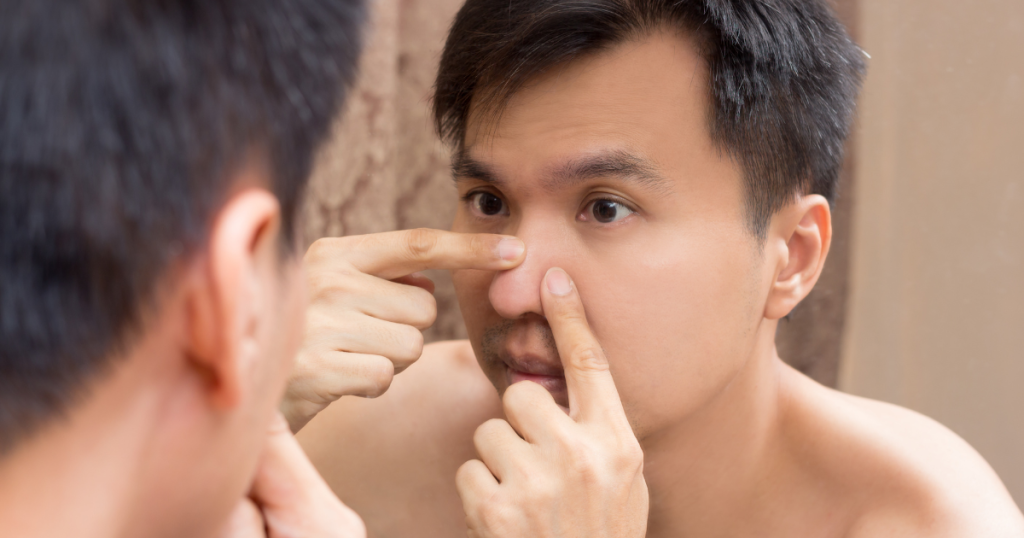
Perhaps you suspect dysmorphic tendencies in a friend who has socially isolated because of low self-worth connected to a poor body image.
Or perhaps you know someone who has a harmful attachment to Diet Culture, social media, and cultural beauty ideals. This person may be or have been on the receiving end of bullying, family disapproval and shaming, or social rejection.
And perhaps you feel personally called out by these emotional and behavioral signs that you thought you were keeping under wraps.
While only a trained health professional can make a diagnosis of BDD, there are ways you can help yourself or a loved one know for sure.
Paying attention to your own thoughts and behaviors is the best starting place if you are the one at risk of BDD. Likewise, taking seriously the input of trusted friends and family members who express concern about your lifestyle, health, and happiness is important.
There is also a screening questionnaire that can help you determine the possibility of BDD and its potential severity.
There is always the risk, however, that the potentially dysmorphic person is unaware of the extreme, even dangerous, nature of his/her behaviors.
Whether it’s you or a loved one who is suffering with body dysmorphic tendencies, the first and overarching guideline is compassion. Accept the feelings of the person living with them, recognizing that those feelings are real to that person.
Agreement isn’t necessary for acceptance.
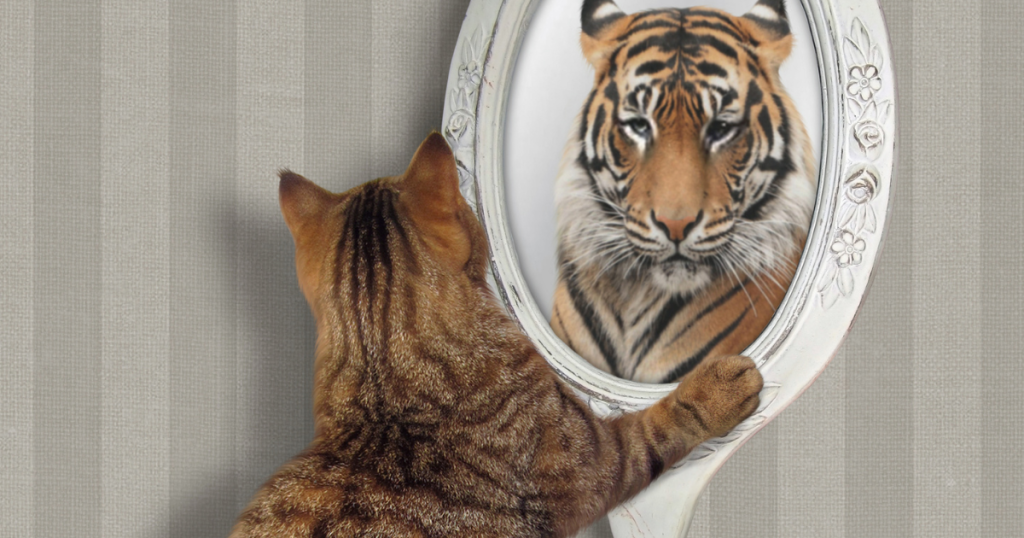
We’ve all seen the now-famous picture of a kitten looking in a mirror and seeing a lion. Well, body dysmorphia works in a similar but different way. What is seen not only isn’t there in the way it’s perceived, but it’s undesirable to the person looking in the mirror.
In order to help when you see signs of body dysmorphia, accept that the person’s perceptions and feelings are real. Don’t analyze them, and don’t try to argue them away.
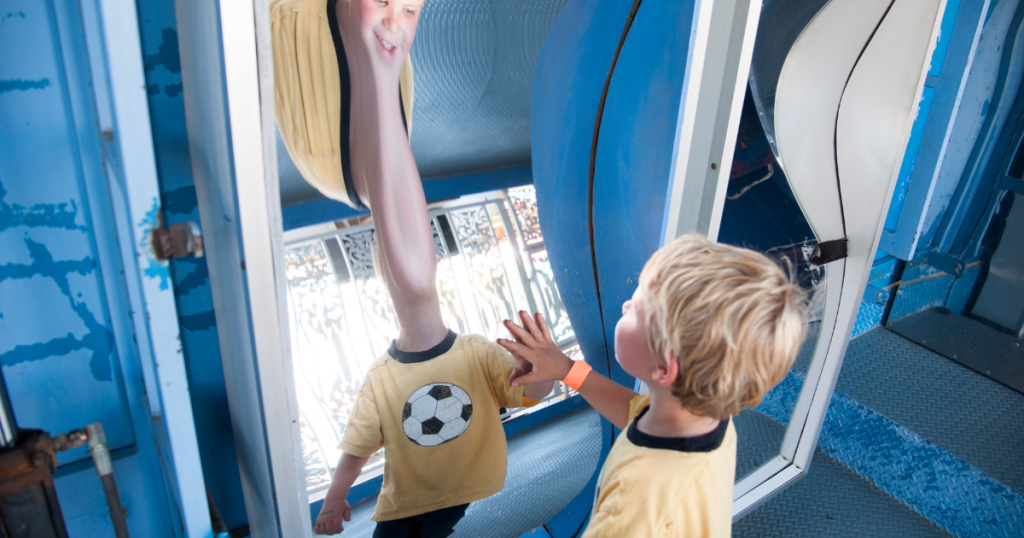
Learn about the disorder and the person’s specific triggers. The Hall of Mirrors, for example, would be a guaranteed no-no at your next carnival.
Be consistent, present, supportive. Encourage involvement in enjoyable activities that don’t involve a preoccupation or concern with appearance.
And most of all, encourage the person to seek professional help from an expert in body image disorders, and specifically BDD. The more consistent and non-judgmental you are with your support, the more valuable your input will be.
Remember, BDD isn’t about food, body shape, or appearance. It’s a serious mental disorder that distorts the perception of and relationship with them.

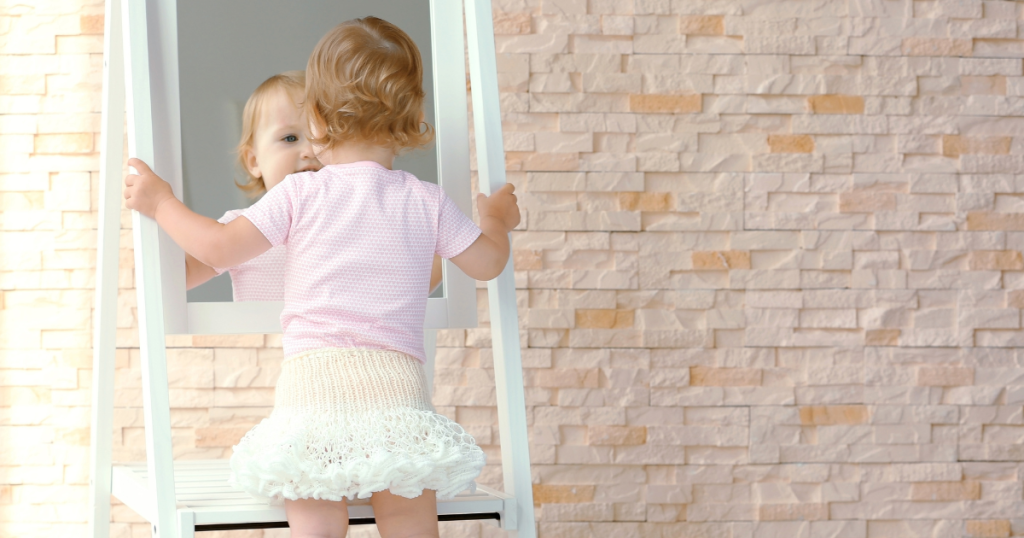
And only by re-orienting that perception and its allied body image can the person clearly see and love the truth looking back in the mirror.
Dr. Elayne Daniels is an international coach and psychologist specializing in eating disorders, body image, and High Sensitivity. She is anti-diet, Intuitive Eating certified and passionately believes comfort in your body at any size is your birthright. Contact her here for more information.
Contact her here to learn more. And, if you’re struggling with overcoming an eating disorder, this e-book might be useful.
